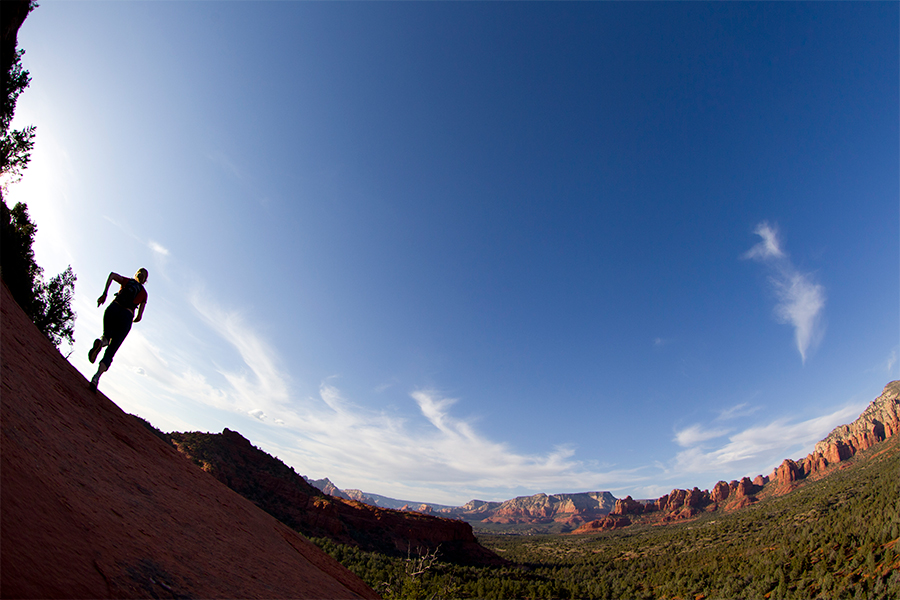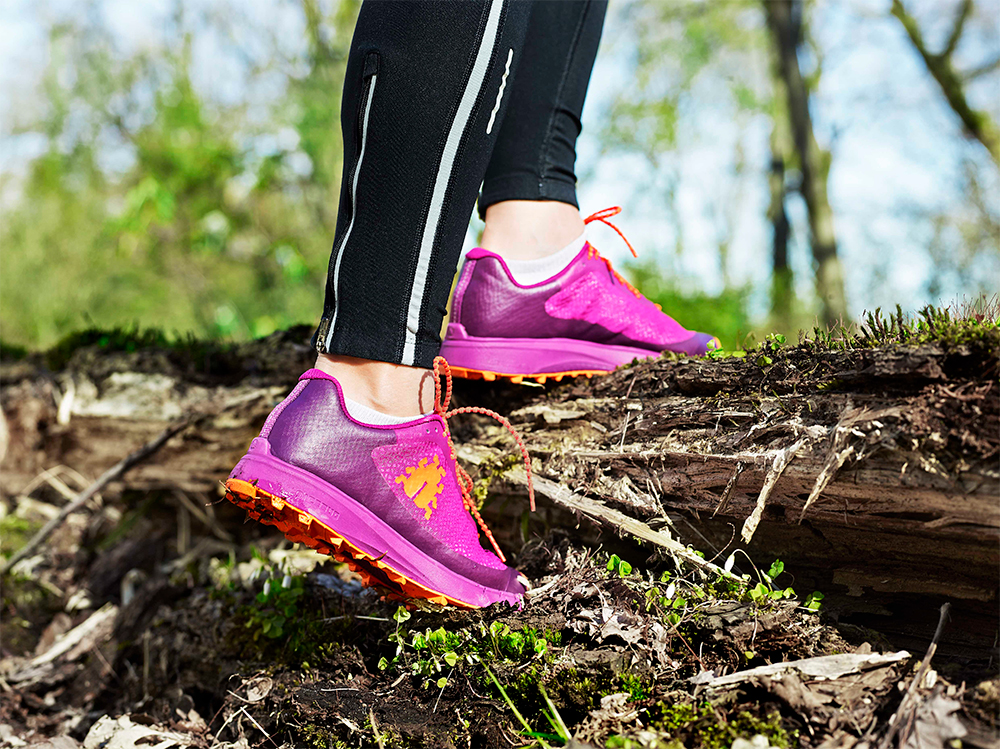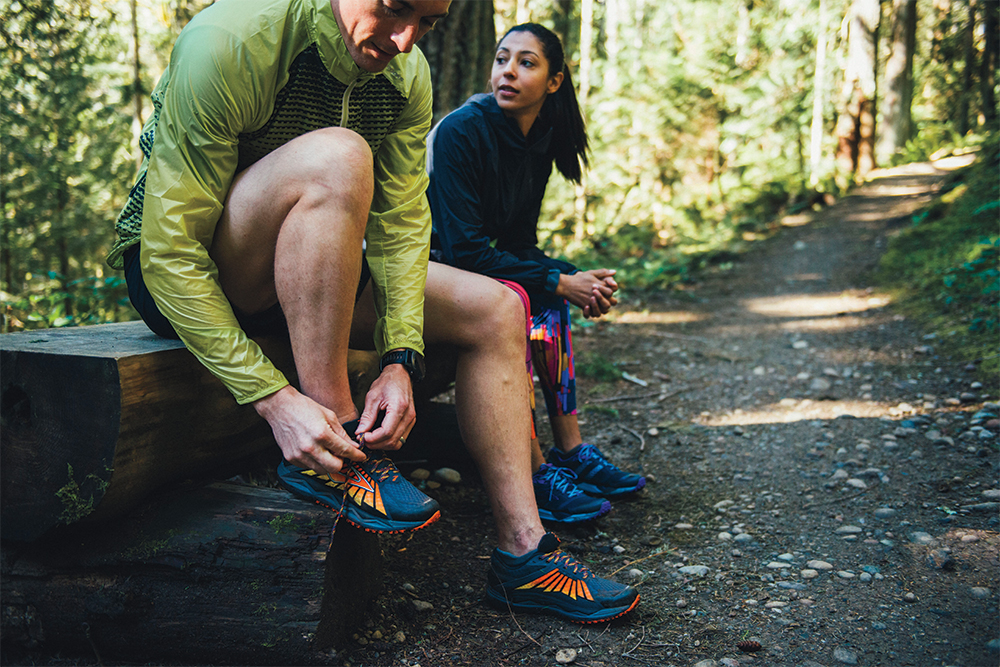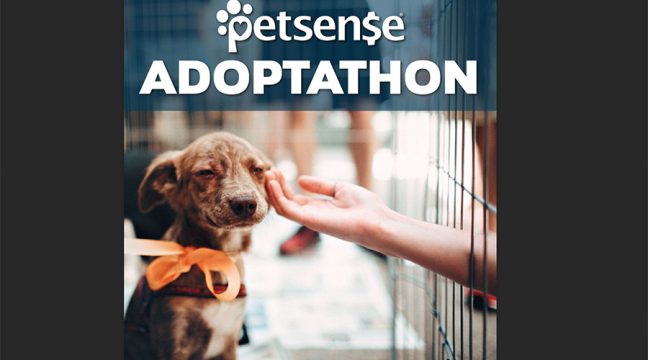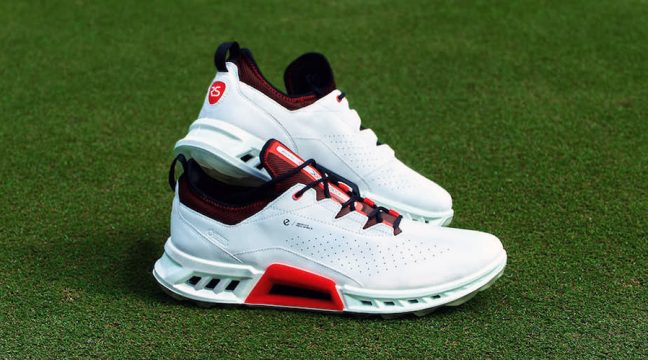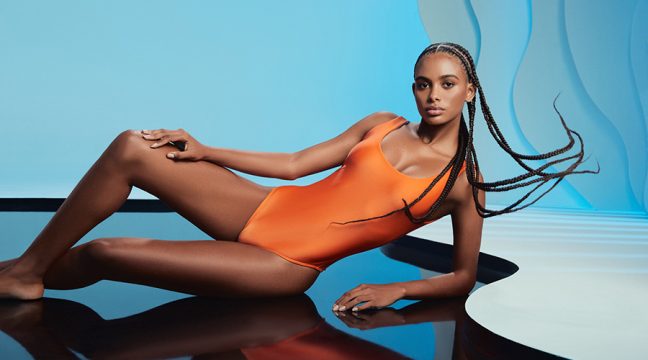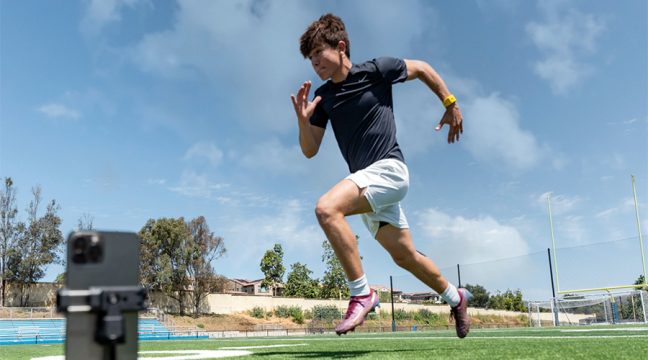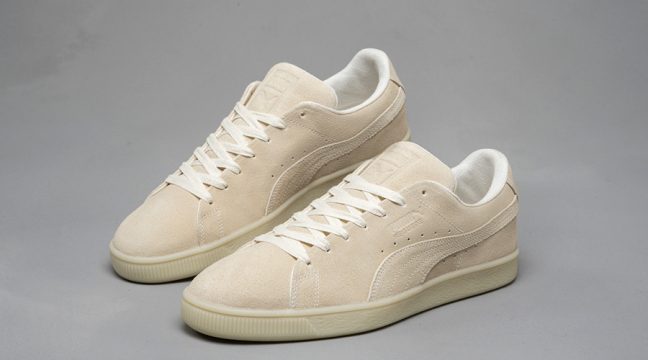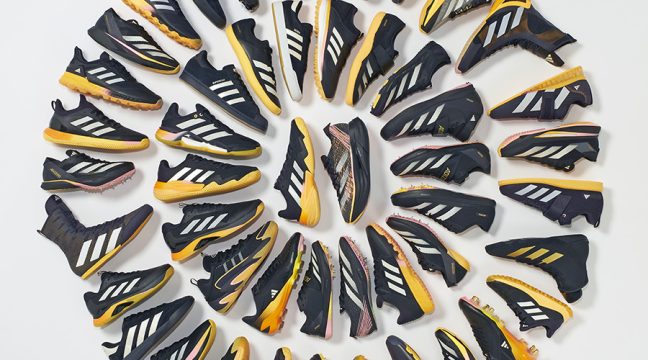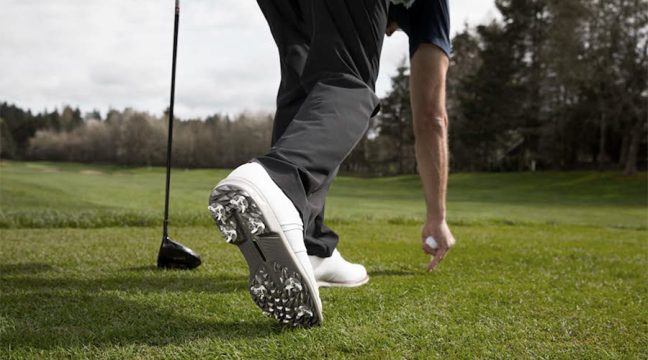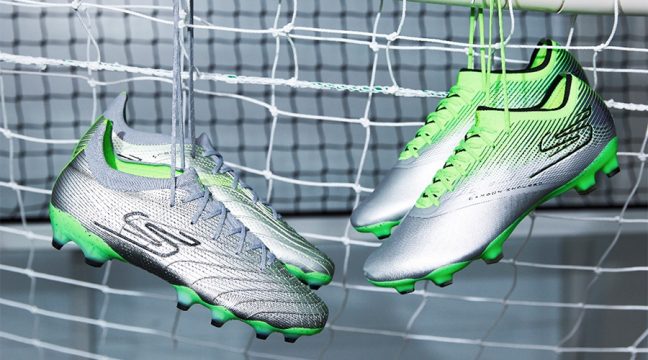A thirst for experiences & trail-specific designs fuel 2017 product advances.
By Thomas J. Ryan
With road running showing signs of a decrease in both casual and race participation, the spotlight has increased on trail running.
The popularity in recent years of mud runs, color runs and other adventure races points out that there are runners looking for an experience in their runs. Millennials are especially drawn to the social connections of these events with some runners being turned off by the competitive nature of road races. With its scenic views, outdoor escapes and challenging terrain, trail running appears to fit right in with millennials’ wheelhouse.
But the overall trail running opportunity is also being spurred on by a bigger commitment from manufacturers around trail-specific footwear design, taking their inspiration from both minimal and maximal trends and getting a boost from the addition of fashion elements.
Here, are few underlying trends supporting the trail running category.
Unique Experiences
While the search for new experiences has led to an explosion of workout studios specializing in cycling, CrossFit, boxing, ballet, barre and boot camp, it’s also leading some adventurers to hit the trails.
Evan Wert, president at Icebug USA, noted that the industry is seeing more consumers trying trail races, obstacle course racing (OCR), color runs and mud runs. There is a new event that started in Sweden recently called Swimrun, where participants both run and swim in their shoes and apparel. Wert said that more companies are building specific shoes for OCR racing and other similar events but also believes many retail stores will continue to be overly focused on road racing.
“It is important for retailers to begin to recognize the change in what we considered ‘running’ and to embrace a new future” Wert said. “We’re focusing on traction and allowing the runner to be free to see their surroundings.”
In realigning the Montrail brand as a sub-brand of the Columbia brand, the new Columbia Montrail collection centers on four distinct product categories for specificity of use across a range of experiences. They include a traditional Trail Running category, Mountain Running to handle more extreme conditions, and Fastest Known Time (F.K.T), representing a trimmed-down mountain running shoe that’s both lightweight and fast but offers support and aggressive traction. A final category, Recovery, supports the post-run.
“At Columbia Montrail we strive to offer consumers the most choices to keep them on the widest variety of trail surfaces longer,” said Eron Osterhaus, Columbia Montrail’s senior product manager. Spanning across 71 SKUs, the Columbia Montrail trail collection will also be the first to bring OutDry Extreme to footwear to provide hefty protection against “wet out” while also offering breathability.
Jena Winger, associate footwear product line manager at Brooks Running, said the logic behind wanting a unique experience might be slightly different for trail runners.
“For instance, in the Brooks line, we’ve had road shoes in our Cushion, Energize, Connect and Speed categories for a long time but come Spring 2017, we’ll finally be able to offer a trail shoe for each of those experiences with the debut of the Caldera, a new Energize shoe for the trail,” Winger said. “While Energize on the road refers to energy return from the shoe interacting with the road, on the trail it refers to the energy the runner wants to motivate them to keep going for longer distances.”
Overall, Brooks found that trail runners are among the most engaged when it comes to their preferred footwear experience, whether they’re looking for a greater level of protectiveness and durability, a certain traction element or focused on underfoot cushioning in a shoe.
“One noticeable trend is an emphasis on run-ability,” Winger added. “Specifically, trail runners are asking for a shoe that doesn’t have to be overbuilt in order to be ‘protective.’ For instance, a trail shoe can be fast, agile and responsive with excellent grip and streamlined protection.”
Authenticity
While a brown shoe with an aggressive tread may have passed muster in the past, today’s trail shoe must be clearly differentiated from road-running shoes. While extra features are required to handle the unstable nature of trail terrains, the in-store conversation starts with traction.
“We know a lot of people wear their road shoes off road and they often work just fine, but a shoe with a trail-specific rubber compound is going to be more slip-resistant on the trail,” Winger said. “When coupled with a trail-specific lug pattern, this can help keep runners safe and more confident on tricky terrain. As an aside, lugs don’t have to be very large to get this benefit, particularly if you’re looking to run on a road to get to a trail.”
As trail runners branch out off the trail more frequently, a stickier rubber is needed to handle all types of trail conditions and do it effectively.
“The rubber typically used, and that used in road shoes, simply doesn’t cut it on big mountain granite, wet logs, etc.,” said Golden Harper, Altra’s co-founder. “The use of exposed EVA in certain circumstances also helps to grip better than rubber in certain situations on rock or wet ground.”
Trail shoes also have to be more durable than running shoes to handle more extreme conditions, noted Icebug’s Wert. For instance, Icebug not only glues the outsole, but stiches the toe area to the upper to make sure that the outsole does not separate. The Swedish brand also uses all “non-water absorbing” materials in its shoe construction to reduce weight when wet and reduce friction against the foot.
“Consumers also need to think about better support as conditions are not flat and fit and stability is critical to keep from falling or twisting an ankle,” Wert said. “The outsole also has to offer secure grip with the lug patterns so that it doesn’t get clogged with mud or rocks.”
Blisters can also develop when running on rocky terrain. Many trail shoes have a rock plate in the forefoot to prevent stone bruising. Managing water and moisture is often more important on the trail given the often sloppy conditions.
Newer features supporting protection include mid-height models, or shoes with a higher ankle collar that makes the trail shoe much more versatile for cold weather and wet conditions while also supporting long distance hiking. Strapless trail gaiters are now seen on a high percentage of runners at nearly all ultramarathons and increasingly on runners of shorter-distance trail races. Said Harper: “These gaiters keep sand, stickers, and other debris from getting into the shoe and thus prevent discomfort and blisters.”
Minimalism’s Lasting Effects
The minimalist craze continues to be the butt of jokes within the running industry and elsewhere. In an American Express commercial that landed this spring, Tina Fey refers to a pair of FiveFinger shoes as “creepy gloves for my feet. I can wear these on my trip to middle earth.” But minimalist design continues to loudly inspire much of footwear design, including ever more lightweight, and flexible, lower-heeled running and trail shoes.
Golden Harper noted that bigger toe-boxes — another emphasis that arrived during the minimal conversation — are prevalent in a majority of trail shoes.
Altra’s newer trail models such as the Lone Peak 3 and the Superior 3 are enhanced with a stickier rubber compound but continue to have Altra’s Footshape toe box with zero drop set-off. Harper said the added lightweight and flexibility features make trail shoes “feel fast and poppy.”
Away from the outsole, Icebug’s Wert sees an ongoing trend toward developing uppers using more “welded” construction, or engineered mesh and less seams on the inside for a better fit. “In midsoles, we are seeing better drainage, flex and increased feel for the ground,” he said.
Maximalism Still Reigns, Too
Marked by the beefed-up models of Hoka One One as well as the extra underfoot padding being added to many running models, cushioning has made a comeback following the minimalist craze.
“We’ve seen the trend swinging away from minimalism for the last few seasons and that trend is continuing,” said Jonathan Lantz, president of La Sportiva NA. “Trail runners, those who put in a lot of miles and/or run ultramarathons specifically, need both good traction and good cushioning.”
La Sportiva’s new lightweight Akyra trail model stands out for its aggressive lugs but also features a thick and comfortable midsole to support runners who put in miles on technical trails.
“We never chased the minimalism trend because we knew that support, particularly over long miles and technical trails, would always be needed,” Lantz said. “Otherwise, the trend toward lighter materials, shoes that breath better and brighter colors are all in play.”
Expectations around comfort have also risen with enhanced designs and materials over the years but a smartly cushioned trail shoe can be even more essential to help runners endure the rough terrain.
“Initial fit and step-in comfort goes a long way, particularly if the runner plans (or aspires) to be on their feet for long periods of time,” Brooks’ Winger said. “In other words, find the shoe that fits and is most in-line with your preferred experience, and that will keep you comfortable on the trail.”
Trail Reaches the Runway
While the sneakerhead culture has gone mainstream in many ways over the years, road running and trail shoes — including many that stand out for their bold colors and jagged outsole grips — have recently become an anti-fashion statement for the style set. Some see the trend starting with Raf Simons’ popular Ozweego trail collaboration with Adidas that has since led to other designer collaborations with outdoor trail shoe companies. Many trail brands are just starting to capitalize on the trend. For instance, Salomon trail shoes can now be found in trendsetting boutiques like Berlin’s SOTO or Paris’ The Broken Arm.
The newer fashion and lifestyle appeal broadens trail shoes reach beyond the intended trail run.
“Just as running and active shoes have become an important trend in fashion and commercial mass retail, a similar trend is starting to rise with trail shoes,” said Asics footwear design team in a combined statement. “Consumers enjoy the aggressive outsole aesthetic that is increasingly popular within trends.”
Simplistic designs that have arrived over recent years are supporting the fashion trend, Asics believes. While trail shoes had been known for their bright color combinations and color pops with contrast in the past, minimal colors and an increase in neutral tones have also become popular with the fashion crowd, according to Asics.
For those looking for style on the trail, bright colors and the overall “light and fast” look continue to draw attention.
“New materials are allowing manufactures to use different color saturations to give some interesting colors that reflect the colors in nature,” Wert said. “Also new materials such as engineered mesh allow for some interesting textured looks.”

